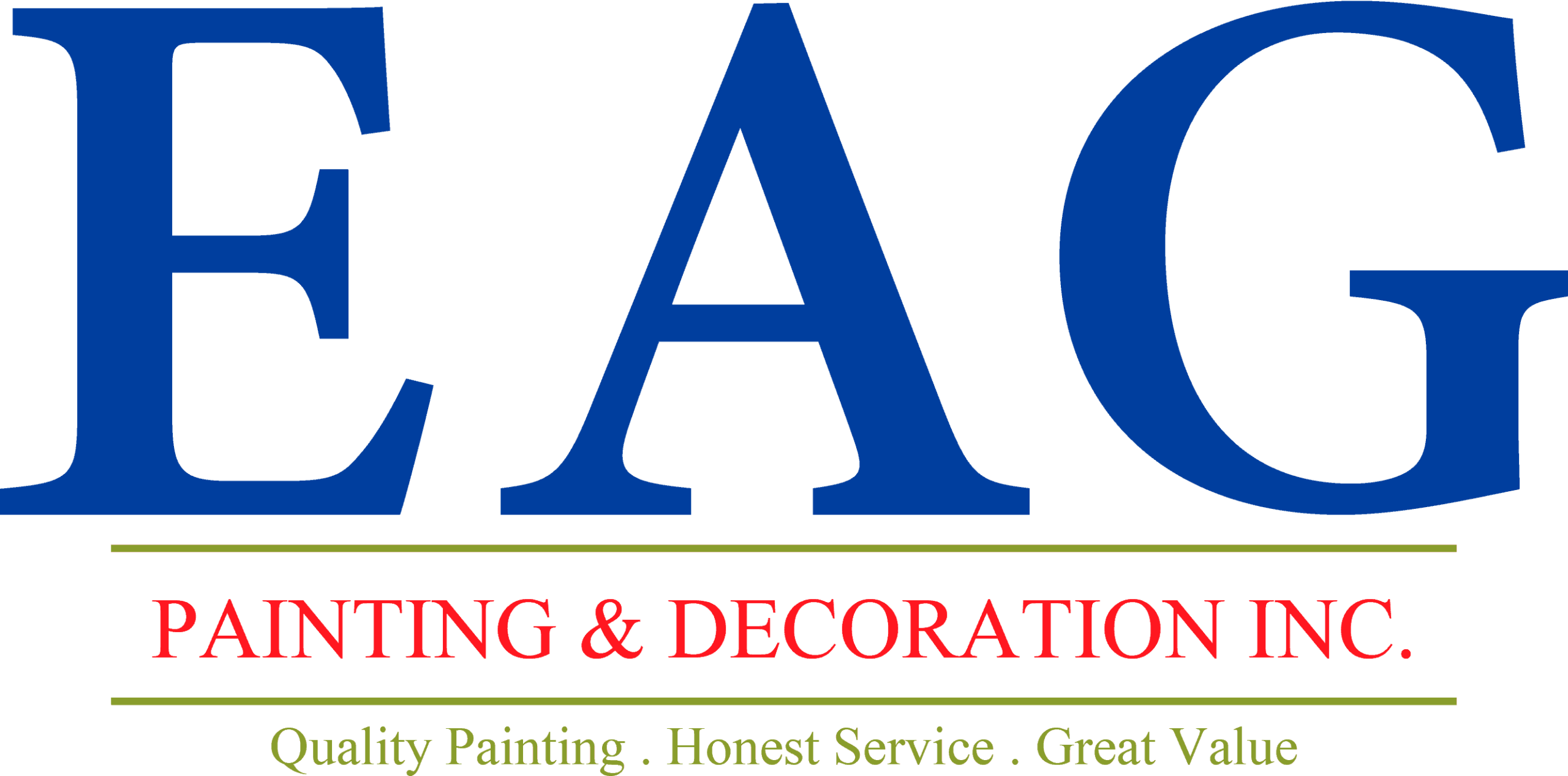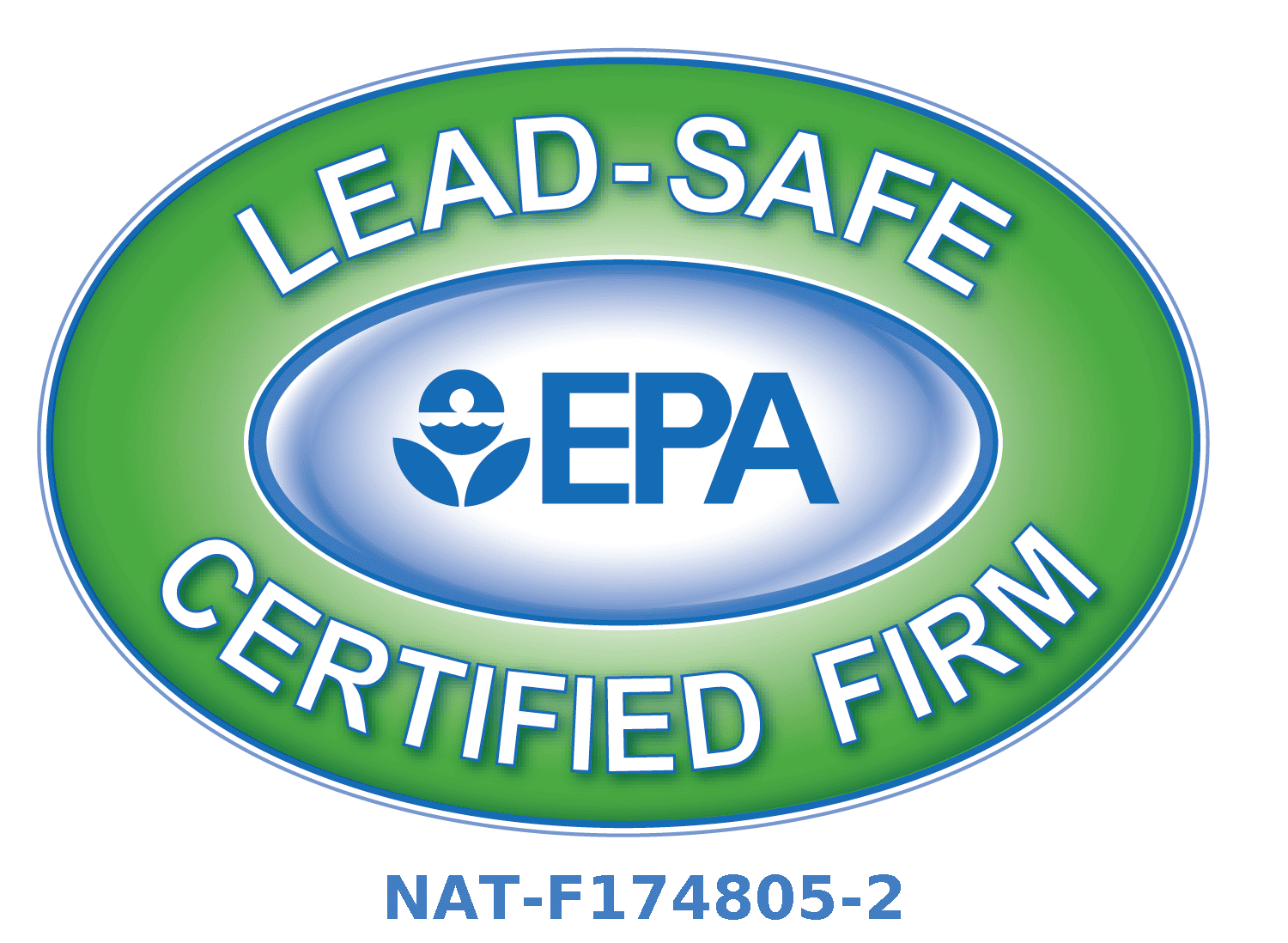Paint rollers are generally used for larger surface areas where speed and efficiency are important. While paintbrushes are useful in various situations where precision and control are required. In general, paintbrushes are suitable for situations where you need more control, accuracy, and finesse.
Paintbrushes and rollers both play an importance in the painting industry. Using both tools is occasionally necessary. A lot of variables affect the tool selection. The three variables are painting technique, painting effect, and wall texture. Knowing the accurate surface of the wall and the necessary finishing is crucial for getting the best results from a paintbrush or paint roller.
Are you ready to give your living area a new look with a fresh coat of paint? There is no need to look any further! Whether you’re a seasoned DIYer or a professional painter, using the correct tools is critical for producing professional-quality results. Allow us to assist you in deciding between the versatile roller and the tried-and-true paintbrush. Here are eight things you need to know before starting.
1. Check the Surface
Consider the delicacy or sensitivity of the surfaces, such as freshly plastered walls or surfaces with paint damage. Preparing the surface before painting ensures proper adhesion and durability. For instance, using low-nap rollers or brushes with soft bristles can help stop further erosion or damage. Also, checking the state of the surface can assist in establishing whether particular brushes or rollers are required.
2. Type of Brush Bristles and Rollers
Brushes have plenty of bristle materials, each ideal for a particular type of paint and surface. Natural bristle brushes work well with oil-based paints, whereas synthetic bristle brushes are best for latex or water-based paints. Similarly, specific rollers favor certain paint compositions. Generally, a roller with a natural fiber cover when working with oil-based paint is recommended. And synthetic fiber roller coverings are best suited for latex paints. Check the packaging to ensure the compatibility of the paintbrush or roller.
3. Brush Size
The area and the level of detail necessary will determine the best brush size. A larger brush (3-4 inches) will help cover larger surfaces. For detailed work, trimming and edging are ideal for smaller brushes (1-inch to 1½-inch). And 2-2½ inches brushes are a decent medium. These can be used for many projects and are often among the most popular and demanding brushes.
4. Roller Cover (Nap) Material
Select roller cover material to achieve desired texture, durability, and smooth finish. Short Nap (¼ – ⅜ inch) is ideal for smooth surfaces like fresh drywall or textureless, recently painted walls. Medium Nap (½ to ¾ inch) are suitable for most common surfaces, including painted textured. And Long Nap (1-1 1⁄2 inches) is perfect for areas with a lot of texture, like textured ceilings.
5. Roller Frame Size
Roller frames hold the roller cover in place during painting. The roller cover’s width should match the size of the roller frame. The majority of painting jobs are suited for standard 9-inch roller frame widths. Smaller frames (4-6 inches) are available for more confined spaces, trim, or difficult-to-reach regions.
6. Roller Cage and Handle
These parts play a significant role in the painting process and can affect the outcome. Pick a roller cage and handle that are easy to manipulate while painting and feel comfortable in your hand. Choose a solid and lasting structure to guarantee that the roller operates effectively throughout the process. Choosing the right roller cage and handle leads to improved paint application, increased efficiency, reduced fatigue, and a more satisfactory and professional result.
7. Quality Counts
It is worthwhile to spend money on premium brushes and rollers. Tools of higher quality typically deliver better performance, hold more paint, and produce a smoother finish. Additionally, they are stronger and can be utilized again for subsequent projects.
Elevate Your Painting Experience with EAG Painting & Decoration Inc.
Whether you’re a seasoned DIYer or stepping into the world of painting for the first time, achieving a professional-quality finish requires the right tools and knowledge. Dive into the essentials of paintbrushes and rollers with our comprehensive guide, “8 Things You Need to Know About Paintbrushes and Rollers Before Painting Your House.”
Let our expertise be your guide to transforming your living space with a fresh, vibrant coat of paint. We’re here to ensure that every stroke brings your vision to life. Don’t leave your painting project to chance—partner with EAG Painting for unmatched quality and professionalism. Looking for a reliable commercial or residential painters in The East Bay? Contact us at 510-851-8860 or fill up our online estimate form to get started!



